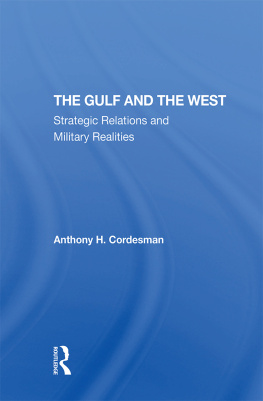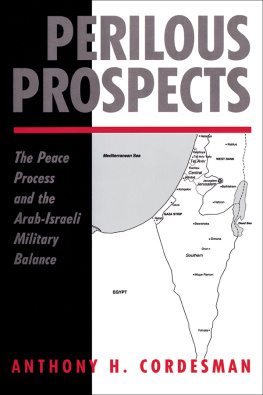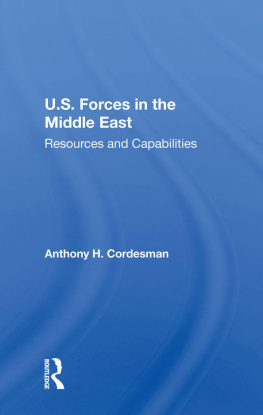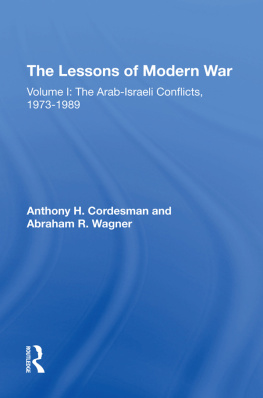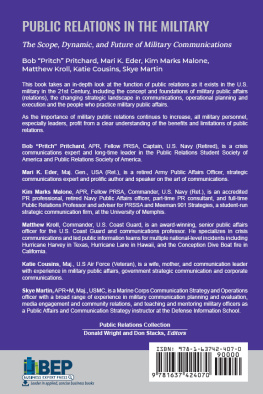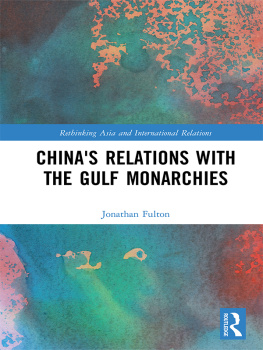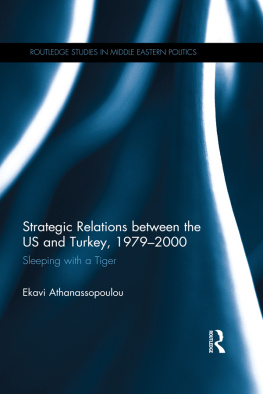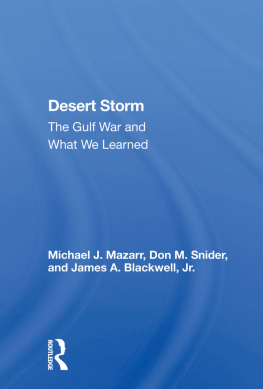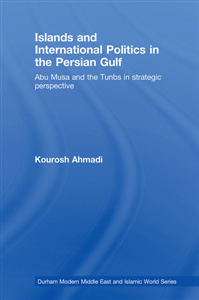THE GULF AND THE WEST
The Gulf and the West
Strategic Relations and Military Realities
Anthony H. Cordesman
First published 1988 by Westview Press
Published 2019 by Routledge
52 Vanderbilt Avenue, New York, NY 10017
2 Park Square, Milton Park, Abingdon, Oxon OX14 4RN
Routledge is an imprint of the Taylor & Francis Group, an informa business
Copyright 1988 by Anthony H. Cordesman
All rights reserved. No part of this book may be reprinted or reproduced or utilised in any form or by any electronic, mechanical, or other means, now known or hereafter invented, including photocopying and recording, or in any information storage or retrieval system, without permission in writing from the publishers.
Notice:
Product or corporate names may be trademarks or registered trademarks, and are used only for identification and explanation without intent to infringe.
Library of Congress Cataloging-in-Publication Data
Cordesman, Anthony H.
The Gulf and the West: strategic relations and military realities
/ Anthony H. Cordesman.
p. cm.
Bibliography: p.
Includes index.
ISBN 0-8133-0768-6
1. Persian GulfStrategic aspects. 2. Persian Gulf Region
Defenses. 3. Iraqi-Iranian Conflict, 1980 . 4. United States
Military relationsPersian Gulf Region. 5. EuropeMilitary
relationsPersian Gulf Region. 6. Persian Gulf RegionMilitary
relationsUnited States. 7. Persian Gulf RegionMilitary
relationsEurope. I. Title.
UA832.C67 1988 88-10752
355'.033053dc19 CIP
British Library Cataloguing in Publication Data
Cordesman, Anthony H.
The Gulf and the West: strategic
relations and military realities.
1. Western bloc countries. International
relations with Persian Gulf countries.
2. Persian Gulf countries. International
relations with western bloc countries
I. Title
303.4'82'1713'053
ISBN 13: 978-0-367-29272-0 (hbk)
To friends whom I cannot thank by namein and outside government in the Middle East and Gulf states and in the Department of Defense and U.S. intelligence community
Contents
- xvii
- xviii
- xix
- xx
- xxi
- xxii
- xxiii
- xxiv
- xxv
Guide
- Tables
- Maps
- 1 The Gulf
- 2 The Strategic Position of Saudi Arabia
- 3 United Arab Emirates
- 4 Iraq
- 5 Iran
- 6 The Red Sea
- 7 The Strategic Position of Bahrain
- 8 Oman
- 9 The Strait of Hormuz
The last two years (mid-1986 to mid-1988) have transformed the security problems in the Southern Gulf from theoretical threats to the West's main source of imported oil to a major military confrontation between the West and Iran. At this writing, there is no way to predict how this confrontation will end, any more than it is possible to predict the end of the Iran-Iraq War. It is clear, however, that virtually any outcome will leave a strong anti-Western regime in Iran, and an Iran that will remain a threat to all its neighbors.
It is equally clear that the problems in securing the safety of the friendly Southern Gulf states will grow, rather than diminish. The West needs to find solutions that can build up its military capabilities and needs to develop an effective power projection capability to deal with the threat from Iran and other radical states and with Soviet ambitions in the region.
The focus of this book is the problems the West and the Gulf states face in developing the kind of strategic relations that can deal with these threats and with the opportunities for cooperation. It examines the military capabilities of various potential threats, the capabilities of Saudi Arabia and other friendly Gulf states, and the capabilities of Western power projection forces. It examines the factors that had blocked the development of effective strategic relations in recent years, and how U.S. intervention in the Gulf has affected this situation. Finally, it examines the steps both the West and the GCC states will have to take to create the proper kind of strategic relations and military capabilities in the future.
This book draws heavily on the author's previous writings on the Gulf and the Middle East. Some portions are adapted from an earlier work, Western Strategic Interests in Saudi Arabia, which was published by Croom Helm in London, but which saw only limited circulation due to the problems of various mergers in the British and American publishing world.
For those who are interested in the broader history of military developments in the region, this book supplements The Gulf and the Search for Strategic Stability , Westview, 1984. A detailed account of the Iran-Iraq War can be found in The Iran-Iraq War, 1984-1987, Jane's, 1987. A detailed analysis of the Arab-Israeli military balance can be found in The Arab-Israeli Military Balance and the Art of Operations, University Press of America/AEI, 1986.
The reader should also be aware that this book is based on a wide range of interviews during the author's trips to the Gulf area and in the U.S. and Europe. At the same time, it draws heavily on computer data bases and news services. These sources cannot be referenced in depth, either because of the political sensitivity of the interviews or because computerized data bases are constantly in flux and do not lend themselves to precise references. In order to ease the problems other researchers may find in referencing source materials, alternative media sources are footnoted as references wherever possible.
Anthony H. Cordesman

The Gulf
Adapted from CIA 504822 (546740) 7-81

The Strategic Position of Saudi Arabia
Adapted from CIA 504371 1-80 (544945)

United Arab Emirates

Iraq
Source: Phebe Marr, The Modern History of Iraq (Boulder, Colo.: Westview Press, 1985), p. 30. Reprinted by permission. formerly Mosul
(2) formerly Kirkk
formerly al-Ramd and al-Dulaym
formerly al-Kt
(5) formerly al-illah
formerly al-Dwniyyah
formerly al-'Amrah
formerly al-Niriyyah and al-Muntafiq

Iran
SOURCE: CIA 504190 (544499) 7-79

The Red Sea
Adapted from Defense Mapping Service 504306 9-79 (541978)

The Strategic Position of Bahrain

